Welcome to The Body Transformation Series Volume 2!
Julian and I have got some exciting real food recipes, workouts, tips & secrets to cover in this post!
We’re going to take a look at:
- A real food recipe for slow-cooked pastured pulled pork, including six meal idea recipes for how to use the pork
- Hypertrophy (tissue/muscle building) workout videos for male & females at all skill levels, beginner to advanced
- Plus three tips on building and maintaining muscle mass you may be overlooking
If you missed volume 1 we looked at a slow-cooked shredded orange chicken recipe and meal ideas for that, as well as fat burning circuits for males and females you can work into your exercise routine!
I also wanted to make a quick note before we jump into this Volume 2 post, and let everyone know that for these first few series posts, Julian and I are going to tackle main “umbrella”-category real foods that can be meal prepped and/or very versatile for numerous dishes: animal proteins, veggies/salad prep, etc. as well as total body-type workouts.
In other words, we didn’t want to start week 1 with duck confit or reverse swiss ball crunches, right? So our first few volume posts are going to be main food groups, main workouts for burning fat, building muscle, etc and we’ll get into more specific posts in future series.
And don’t worry my raw and vegetarian loving friends, I’ll dial in real food main ingredient/recipes of the week posts for you as well – including a full meal prepped salad wheel in our volume 3 or 4 series post. We’ve also got other series set up where the main ingredient/recipe of the week we’ll be doing will be juicing, and the benefits of it.. smoothies/protein shakes.. legumes.. vegetarian meals.. post-workout meals.. detoxification meals.. and so much more.
If it’s real food, we’ll cover it.
For now, let’s dive into volume 2!
So this series, what’s on the agenda:
Recipe of the Week: Pastured Pulled-Pork
Workout of the Week: Muscle building supersets for both males & females performed by Julian and Vanessa.
Tips of the Week: 3 things to implement for enhanced muscle hypertrophy.
Note: You can click each of the areas above to jump down to that part of the post.
Recipe of the Week: Pastured Pulled-Pork
Ingredients
4-5lb pastured pork shoulder, bone-in
Brine:
1/2 cup coconut sugar
1/2 cup pink salt
For cooking with the pork:
2 oranges, halved
1 onion, quartered
2 cinnamon sticks (optional, if you don’t have them don’t sweat it)
Herbs: I used a few big sprigs of rosemary & 3 bay leaves. You can use other herbs like oregano and thyme as well. Pork and rosemary is a great combo.
2 tablespoon ghee or coconut oil (for browning meat)
1 tablespoon garlic powder & fresh cracked pepper (for seasoning meat before browning)
First, we want to brine our pastured pork shoulder to keep it nice and juicy during the cooking process. You’re going to need a big pot (I use the same cast iron pot throughout the entire brine – browning – oven cooking process).
Add your 1/2 cup coconut sugar, 1/2 cup salt and fill up the pot with water (no tap) to cover the entire pork shoulder (I used about a gallon jug).
Let it brine for 4 hours minimum, or you can do it over night for up to about 8 hours if you want.
For slow cooking with the pork, you can get your oranges, onion, cinnamon sticks, and herbs ready to go.
Next step: after your pork shoulder is done brining, pull it out of the liquid and let it dry off a bit. You can dump your brine liquid. Now we’re going to start the browning process.
Sprinkle each side of your pork shoulder with some garlic powder and fresh pepper. About a tablespoon of each, but simply get it lightly covered on all sides. May be a little more, may be a little less. Not rocket science exact amounts.
In a med-high heat pan, melt your ghee and/or coconut oil and you want to brown each side for about 1-2 minutes. Notice the picture above and below… you’re looking for that kind of golden brown color.
Note: If you don’t use the same pot as the brine in step 1, use the same oven safe pot to brown the meat and then cook the meat in the oven so you get all those nice juicy bits of flavor incorporated (in other words, best not to swap pans after done browning).
After your pastured pork shoulder has browned, you want the fat side down and you’re ready to add your herbs, fruits and vegg to the pot.
Cover with your lid and place it in the oven on 185 degrees Fahrenheit for 12 hours. Don’t lift the lid, don’t do anything.. just set it and forget it!
Usually what I do that is conducive to my schedule is place it in the oven around 7pm at night and take it out in the morning at 7am. You could also stick it in your oven in the morning and have it ready for dinner if you wanted.
After 12 hours, remove from the oven and you should get something that looks like this above. You should be able to grab the bone (use kitchen tongs, it will be hot) and lift it right up so it looks like the bone pictured below that is perfectly cleaned off with no meat on it.
Aside from the typical pulled pork sandwich we think of when we do pork, here are some other recipe ideas you can try out for your homemade pastured pulled pork:
Taco Tuesday anyone?
This is super simple and a fast way to feed yourself, your family or an entire party. If you have your pork shoulder prepped and done, just get all of your favorite taco-making additions and prep them for a platter or buffet-style serving display with your pulled pork as the centerpiece main ingredient dish.
Pictured above I’ve got chopped fresh rainbow bell peppers, cilantro, chopped rainbow tomatoes, chopped green leaf lettuce, scallion, avocado, cultured sour cream (I like Nancy’s), organic mexi-blend cheese and sprouted corn tortillas & blue taco shells by Food for Life.
Cuban-style Congris
This is one that hits home to Julian’s roots so we had to put this dish together. Traditionally it is served with white rice and beans, but we wanted to enhance the nutrition a bit so we did this one like this:
1 package of sprouted wild rice (I prefer TruRoots)
1 can black beans, cooked (Eden is solid, BPA-free cans)
1 green pepper, chopped fine
3 garlic cloves, chopped fine
nice pinch of pink salt & pepper
Directions:
1. Prepare your rice per the instructions on the package. While the rice is cooking, saute your green onion & garlic in 1 tablespoon of coconut oil, ghee or olive oil for about 5-6 minutes on medium heat.
2. When the rice, green peppers & garlic are done, combine everything into the pot your cooked the rice in, including your black beans. Mix everything together and taste for salt & pepper.
3. Serve with pastured pork shoulder for your own homemade Congris

Hawaiian stuffed sweet potato
Ingredients for 1 potato:
1/2 – 1 cup of your pork
1/2 cup mango or pineapple (or picture I did both)
1/2 cup chopped cilantro
1 sweet potato
Pink salt & pepper to taste
Directions
1. Bake your sweet potato. I do 40-45 minutes at 400 degrees F. Poke some holes in with a fork prior to and wrap in tin foil.
2. Combine your “stuffing” ingredients in a bowl and mix together.
3. When the sweet potato is done, slice in half and I sort of pressed it out a bit (see picture). This sort of creates a reservoir in the middle and then pour your stuffing ingredients in the middle.
THIS WAS VERY TASTY! You’ve got so many palates & textures.. juicy pork, sweet fruit, cilantro herbage, sticky potato, salt.. solid real food meal.
Hawaiian Pineapple Bowl
Same ingredients and concept as the stuffed sweet potato, but rice-bowl style. Follow same directions except add some sprouted wild rice instead of sweet potato and mix everything together and serve as a rice bowl.
Machaca
Breakfast options! Good ol’ Machaca. Pictured is 3 whole, pastured eggs that I scrambled up first and then since your pork is already cooked, add it the last 1-2 minutes so it comes to temperature.
Homemade Tostada
Pictured, I took 3 Food for Life sprouted corn tortillas and added them to an oven safe bowl. I sort of curved and placed them around each other on the sides to form my tostada. Added to the oven on 350 degrees F for about 8-10 minutes and they get crispy like a make-shift tostada bowl.
Next fill your bowl with anything you want for you tostada. Pictured, I’ve got a bed of shredded green leaf lettuce, sprouted wild rice, black beans, chopped tomato, and some organic mexi-blend cheese.
Julian here, and I’ve got one question.. who doesn’t want to build more muscle??
Gaining lean mass is an arduous task for most of us, but the numerous benefits of packing on some muscle make all the effort well worth it. More muscle means an immediate BOOST in your metabolism, especially during recovery from an exercise bout. Ladies, I’m not referring to getting big and bulky, but being lean means less body fat percentage and a sculpted, toned physique. One technique to get the most out of your workout and really target a specific muscle or muscle group is using supersets. A superset refers to doing two exercises without any rest in between each. Although supersets can be used for multiple purposes, the ones demonstrated below are specifically designed to promote muscle growth. When choosing two exercises that target the same muscle group, you are maximizing muscle fiber recruitment, while stimulating the appropriate hormone response that causes muscle growth. To put it simply, the more muscle fibers within each muscle that aid in performing the movement, the more you are forcing that muscle to grow! This week, I am bringing you several super-sets specifically designed to help you build muscle in two important areas: the glutes for the ladies, and the chest for the fellas! Do each superset without resting in between exercises and rest 90 seconds in between each superset.
Beginner Male
Dumbbell flyes: 12 reps, superset with push-ups: as many reps as possible
Beginner Female
Alternating reverse lunges: 20 reps total, superset with standing glute leg raises: 15 reps each leg
Intermediate Male
Suspended chest flyes: 12 reps, superset with plyometric lateral push-ups: until failure.
Intermediate Female
High box step up: 12 reps each leg, superset with floor glute kickbacks: 20 reps each leg.
Advanced Male
Supspended chest flyes with elevated feet: 10 reps, superset with depth push-ups: 6-12 reps.
Advanced Female
Weighted high box step up: 10 reps each leg, superset with weighted floor glute kickbacks: 15 reps each leg.
Tips of the Week: 3 tips for enhanced muscle tissue building and repair
Julian’s going to cover growth hormone and rest periods, while I cover sleep cycles & animal fats for areas you can dial in for enhanced muscle hypertrophy.
Optimal Growth Hormone Release with Training:
Julian here, so you’re doing a hypertrophy program and eating an appropriate amount of calories, yet you’re still not gaining muscle. What’s going on?? You may be resting too much in between sets. Muscular hypertrophy is maximized when rest intervals are between 30 – 90 seconds. Longer rest periods reduce growth hormone release, which, in addition to the release of other anabolic hormones like testosterone and IGF-1, is a crucial initial step in the muscle-building process! This means that while you’re sitting on a machine listening to your buddy’s rant on why the Broncos should have won that game last Sunday, odds are you are resting way too much! Solution: bring a stopwatch or use your phone to monitor your rest intervals carefully in between every set. Having a training partner is fine, but training with 2 or 3 other people will usually result in way too much rest in between sets. Something as simple as this may be the reason why you’re not seeing the results you want.
Sleep Cycles:
Our body has natural circadian rhythm ‘rules’ we must all follow if optimal health, vitality and athletic performance is our goal. Every species in nature, including us, goes to sleep when the sun goes down and it’s dark (except nocturnal animals), right? And everything wakes when the sun comes out, light stimulates your skin and eye lids, triggers the reticular activating system of the brain, cortisol is released by the adrenals signaling the body to wake up. Basic sleep/wake cycles 101.
The problem is, with the invention of electricity, televisions, computers, cell phones only recently (in evolutionary terms), we’re able to stay up 24/7 now… and what happens when we pull an all nighter? We go a little batty, right? The body is not a machine.. the nervous & hormonal systems need to rest, the brain needs to rest, essentially everything needs to rest in sync with our bodies natural circadian rhythms that are tied into solar & lunar cycles and the rotation of the earth.
What’s the best time for sleep when it comes to tissue repair and growth? 10 – 10:30 PM lights out.
Our physical tissue repair cycles begin around 10 PM when we’re asleep (not awake on the computer) and last until around 2 AM. From 2 AM – 6 AM/sunrise is our psychogenic (mental)/immune repair cycles.
If you go to bed at 12am you’ve already missed half your tissue repair cycles to repair broken down muscle tissue from your workouts. So these sleep cycles are important to dial in if we want enhanced body system repair, and the timing is critical. If you miss them.. well, you miss them.
I hear it all the time, especially from athletes I work with: “Jon I’m getting 9-10 hours asleep, why am I so tired in the morning and soar from my workouts. whats up?!”. My next question is, “well, when did you go to bed”.. in which I typically hear answers “12am”, “1am”, “2am”.
Someone like this is getting a lot of sleep but it’s poor sleep because you’re missing critical repair cycles we’re all locked into… whether we like it or not, the sun is setting and rising when it wants to, so do your best to adhere to these cycles we’re all locked into.
Animal/Saturated Fat:
Saturated fat Jon?! that stuff is evil! Let’s get that misconception out of our minds. I could do a weekend lecture on why fat doesn’t make you fat and what it does physiologically in the body with steroidogenesis (building our hormones) alone.. but let’s touch on tissue repair for this body transformation series.
First off, we as a species have evolved eating saturated fats from animal sources since the beginning of human history. It’s been one of the most important calorie sources to get us where we are as a species today. Especially from a properly raised sourced like our pastured pulled pork recipe.
The question you want to ask is, what is the source of the fat? how was the animal raised? Today we have factory farming practices where animals are fed unnatural diets, kept in inhumane conditions (stressed), and rapidly grown from a natural growth cycle using growth hormones, anabolics and more, which all ends up making them sick, and there then given antibiotics and more. All that toxicity bio-accumulates in the fat of the animal (as well as on us.. fat stores toxins). So if you’re eating animal fats from a factory farmed source, you’re adding chemical and toxin cocktail to your own body tissues.
Is saturated fat bad? From a source like I just described.. let’s just say I would never recommend it.
But animal saturated fat from a proper source is actually awesome physiologically speaking for facilitating tissue repair (via hormones) which leads to muscle growth, combating stress, amongst so many other things.. not to mention every cell in our body has cholesterol in it. You can see below, cholesterol is the precursor to all steroidogenesis of the body.
If you’re a “low fat” eater and feeling weak, tired, not recovering from workouts like you want to.. guys, low libido (and ladies for your men), not making gains in the gym, etc.. try adding a little saturated fat from a pastured organic animal source to your diet and see what happens.
So in summary, try implementing these 3 tips to enhance tissue repair and muscle hypertrophy:
- Cut down on social hour at the gym. 30-90 seconds rest between sets
- Lights out by 10, 10:30 PM to dial in your tissue repair cycles. Remember, we break down our body in the gym, but we build it in the kitchen and with proper rest.
- Properly sourced animal fat is OK for you within your metabolic type and can be very anabolic
Try implementing one or all of these and let us know how it goes for you!
Did you find this Body Transformation Series helpful? Do you have suggestions for topics you want to see us cover? Please let us know below in the comments!

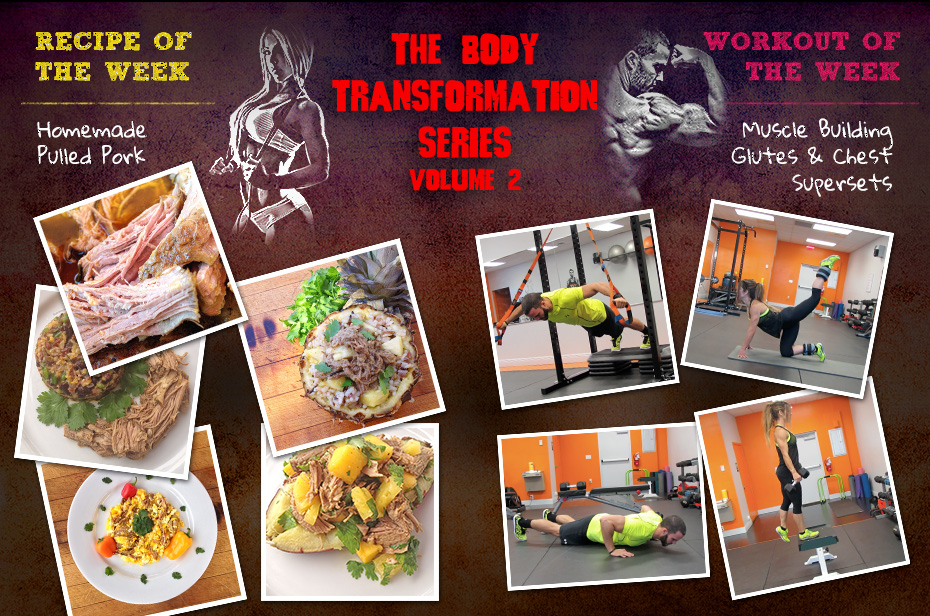








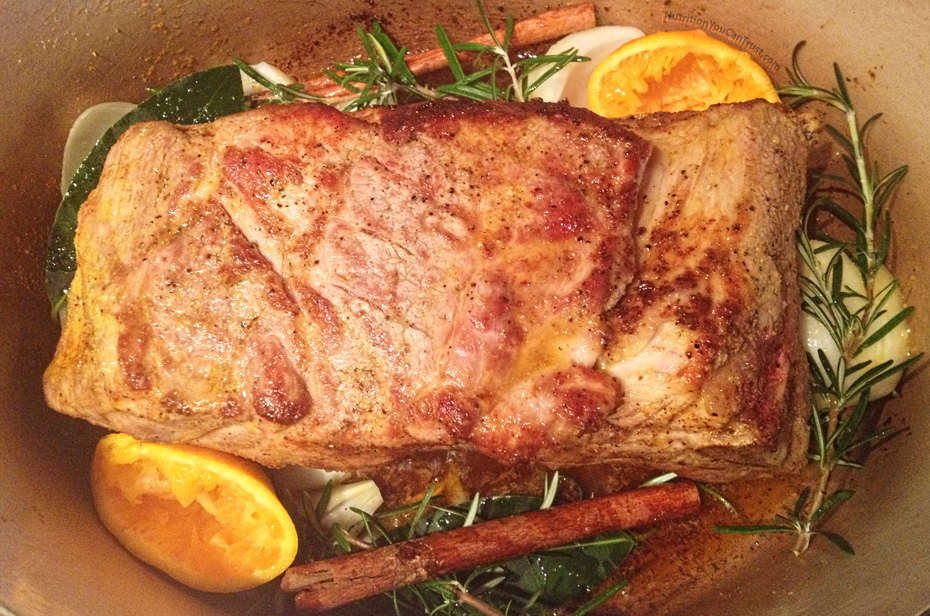

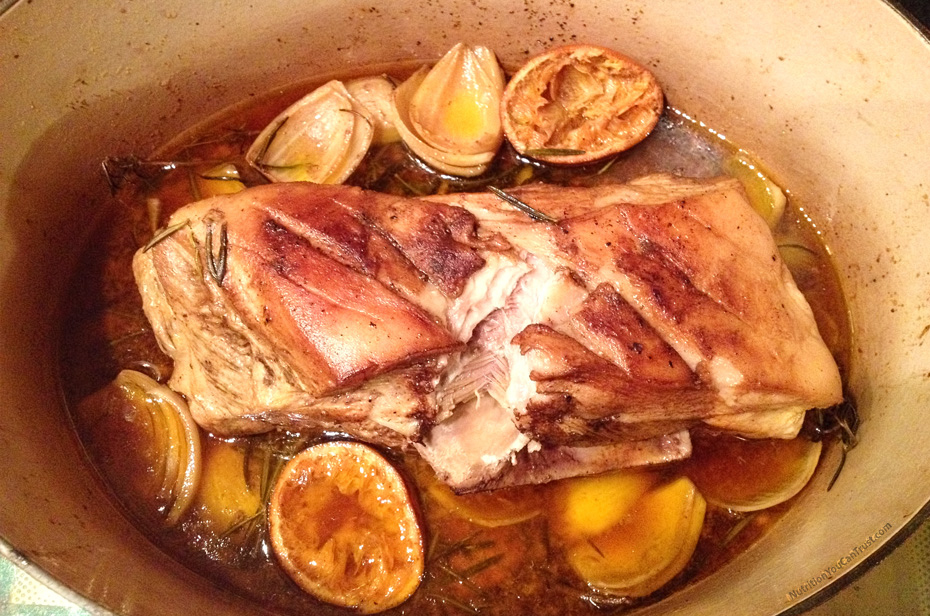



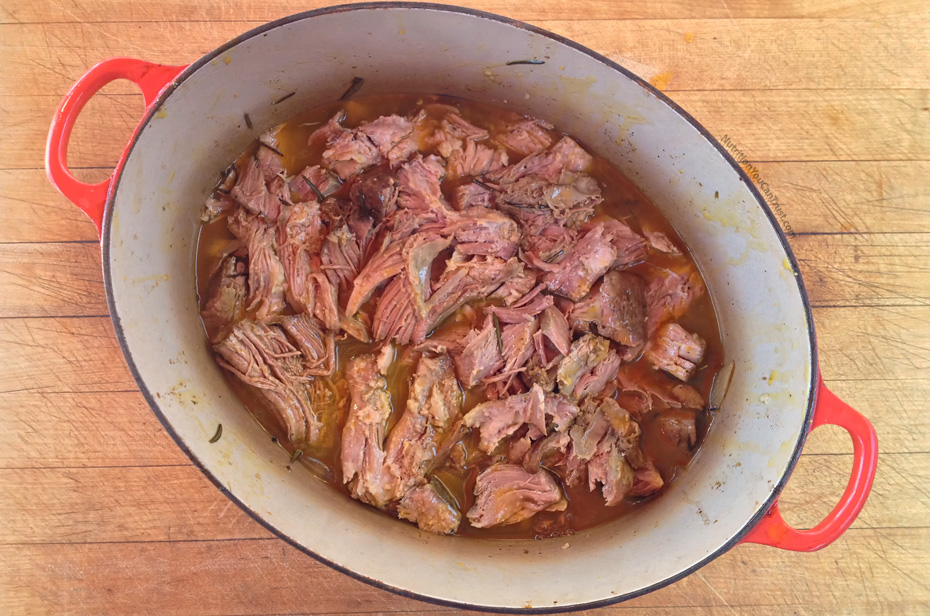

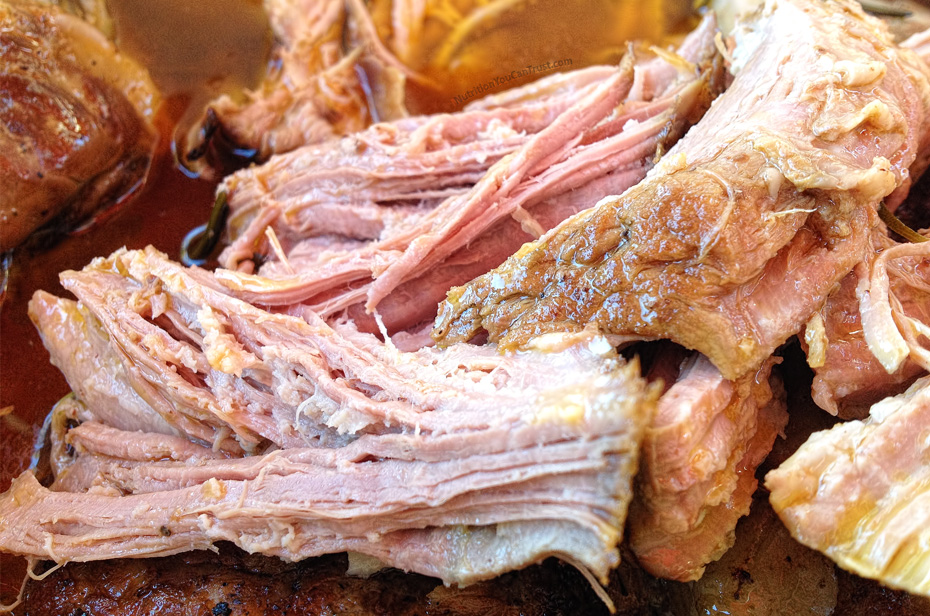


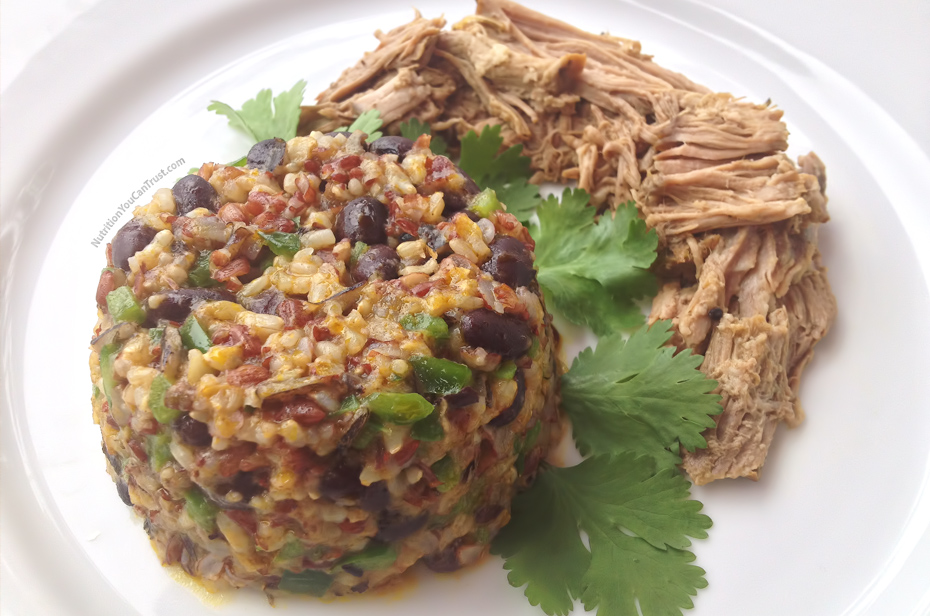


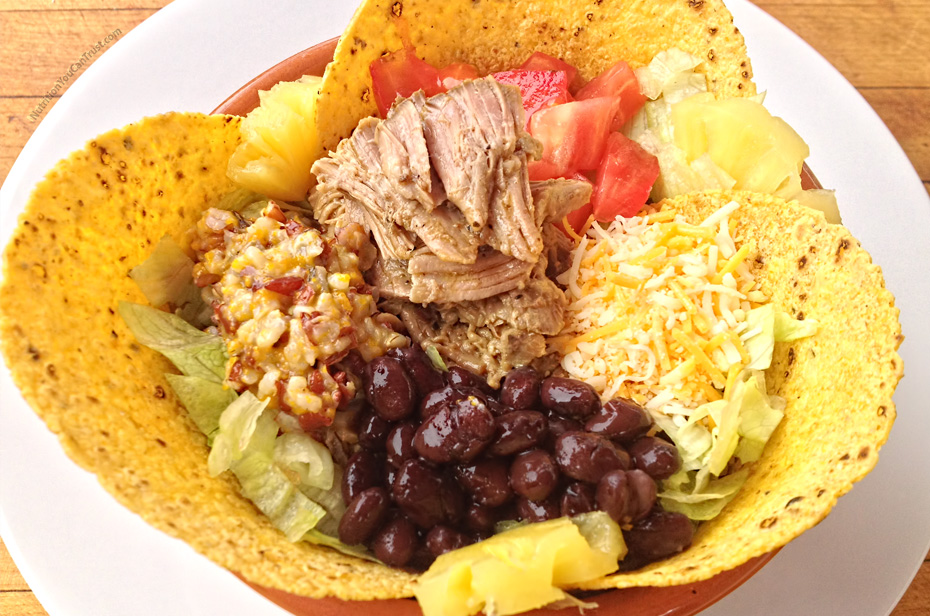








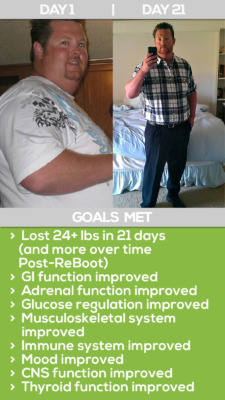




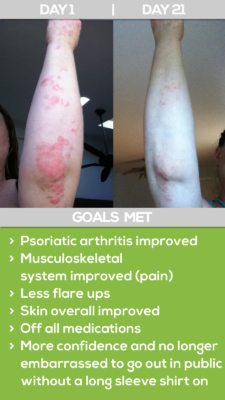



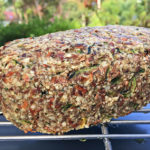


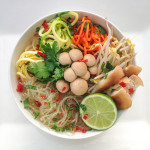
Great tips guys. I never knew that about sleep. What do you recommend for people that work late?
Thanks Rich. Are we talking about elective work or by requirement for an actual job? For an actual job, it’s one of those it is what it is kind of answers simply because we’re locked into these circadian, lunar & solar cycles. We can’t change when the sun sets or rises.
As for elective work, as in staying up late and working on the computer, checking email, etc. best option rather than doing that work at night, work on transitioning your sleep cycles to getting to bed by 10 and getting up earlier and doing the same work you would have been doing the night before. So for example, if you’re doing email from 10-11 PM where you’re engaged in a computer screen (unnatural to the body..it’s wanting to release melatonin and reduce cortisol to sleep, and instead cortisol is higher than normal while melatonin is less..the opposite of what you want from physiological point of view) at night and then you normally wake up at 7 AM.. start transitioning your sleep/wake time from getting to bed by 10 PM and waking up 6AM to do your email. No time lost, but more dialed in sleep cycles. Your body will thank you.
This is really a lot of great info in one post. I too did not know that about sleep. Thank you for sharing.
You’re very welcome Sabrina, cheers
Great food, great workouts and great tips. thank you!
You bet, Cathy!
I just wanted to let you know I made the pulled pork last night for my family and woke up this morning to an amazing smell in my home! I also just got done at the gym and included the intermediate glutes workout with some abs and loved it! My booty is burning lol 🙂
Excellent Bree!! We’re just getting warmed up with the series! A ton more in store..
Here I am, on the computer at 12:23 am. Just wanted to say love the series especially the exercises. Thanks!!